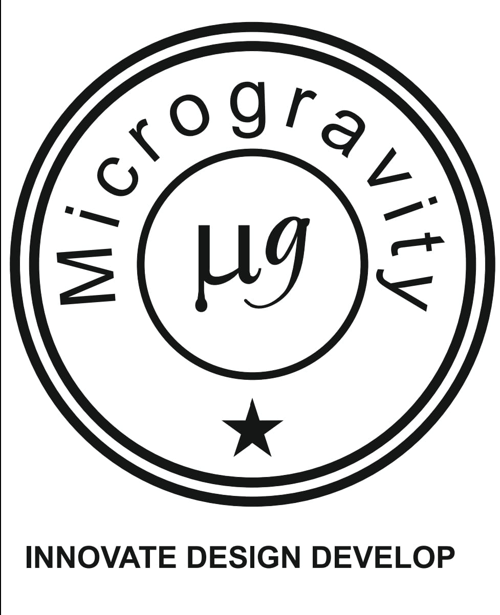An Automated Space Farming Systems and Apparatus For Regenerative Moisture Unit Production (Patent Application no : 202021020210)-
PROBLEM: Space farming has very limited capabilities at present because of the difficulties of efficiently and effectively watering plants in microgravity environments. SOLUTION: Improved regenerative moisture content enhancement and moisture retention in the plant growing units in space zero- or micro-gravity. And, improving the processes of growing and watering plants in space (micro or zero gravity) to promote less labor-intensive and more effective means of growing a wider variety of plants than is currently feasible in space with existing technology. The current method of growing plants in space in the ISS station’s “Veggie” growth chamber is cumbersome and largely ineffective. Astronauts water plants with a syringe, pushing water into containers called plant pillows, which hold only limited amounts of water for a limited amount of time. This is labor intensive and works well only for a few leafy greens like lettuce, but is not effective at all for larger and more nutritious plants that require more water; so NASA needs an alternate more effective system. The aforementioned μg invention describes a comprehensive plant growing system that provides for favorable conditions for growing a wider variety of plants with improved sustainability in space. The regenerative moisture content and moisture retention within the patented plant-growing apparatus and automated system will allow for diversified crop cultivation in the ISS and in space.
Cerafiber Reinforced Metal Matrix Composite Material for More Efficient and Effective Space and Defense Applications (Patent Application number:202121006528)-
PROBLEM: In many space construction applications, such as the materials available
for satellite structures, space vehicle payloads, extraterrestrial vehicles, and the like,
usually aluminum alloys ceramic or carbon fiber reinforced in metal matric or
polymer matrix composites are used. Current composites are carbon fiber or ceramic-reinforced polymer matrix composites. Despite showing desirable
mechanical properties, especially low density, and less weight, such composites are
unidirectional, which limits the load-bearing capacity in all directions of stress forces.
SOLUTION: The μg patented Cerafiber material, which is a uniquely reinforced metal
matrix composite material, allows for much improved bulk mechanical properties
such as weight-to-tensile strength ratios which enhance impact, compressive strength
modulus of elasticity, and many more strength dynamics needed for the stability of
satellite structures and space vehicle applications. These properties improve
structural strength and elasticity and also enhance fuel-to-payload efficiency.
Note: In this process of development this material is also patented as this kind of material has never been developed globally
Design & Development of Fluid Plates (Patent Application number: 202021035822)-
PROBLEM: The design of bipolar plates, cooling plates used in plate heat exchangers, and microfluidic plates, (with these combined attributes together we have coined the
term “fluid plates” to describe them). The current design trends are round and
rectangular serpentine, punch, chevron, and a few more but these designs are facing
issues of high pressure drops; wall shear stress (wss); corrosion; and flow optimization.
SOLUTION: At μg lab, we have come up with a new design where we have tried to
solve the above problems which enhances the heat mass transfer, reduces pressure
drops, and wall shear stresses which increases the overall efficiency of the product and
also reduces the maintenance cost.
Application areas are bipolar plates used in fuel cells, heat exchangers,microfluidic
plates.
Our Innovations
Learn more about what we do
